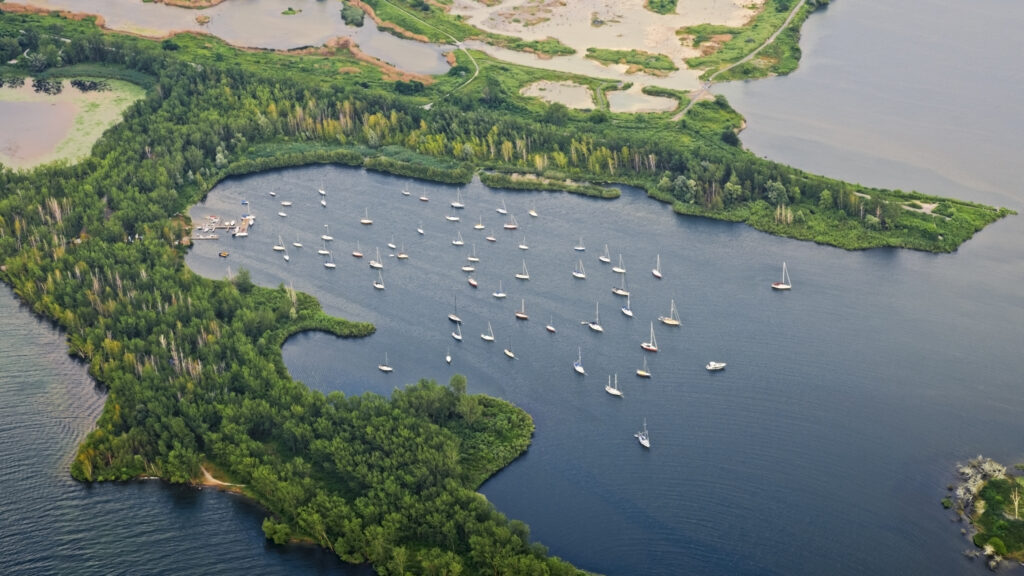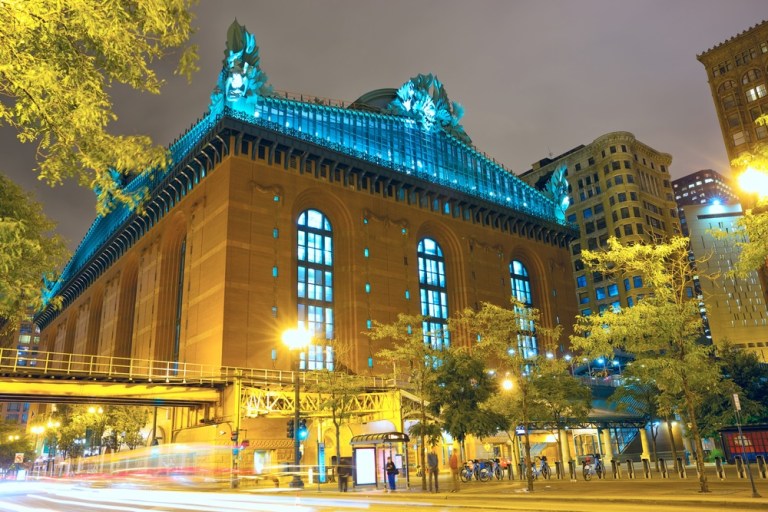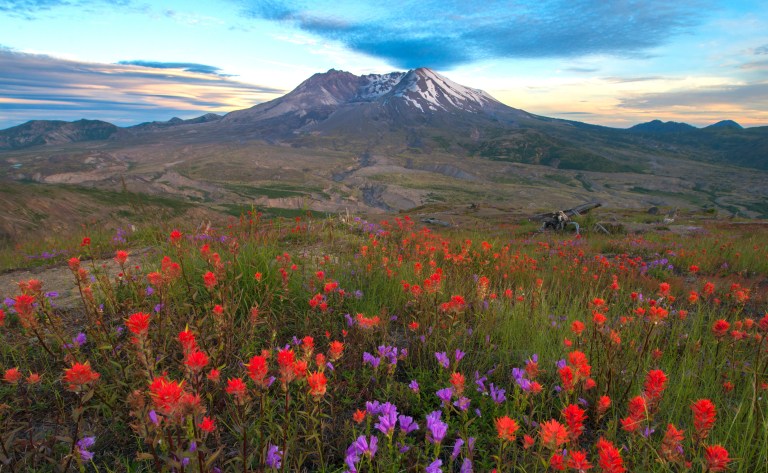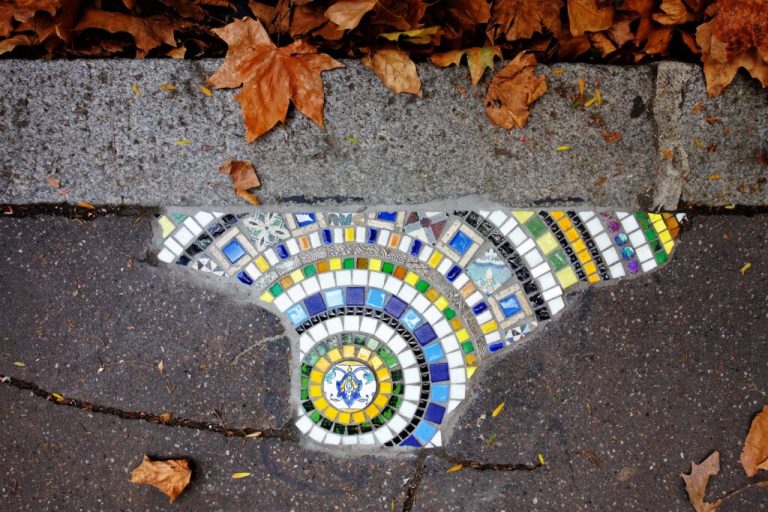From poppies springing up from cracks in the sidewalk to ivy enveloping a tumble-down building, evidence of nature’s resilience and adaptability is everywhere. But there are few places where it’s more apparent than the Leslie Street Spit, a former garbage dump-turned-wildlife refuge nestled in the heart of Canada’s biggest metropolitan area.
Officially named Tommy Thompson Park, the 3-mile-long peninsula, spanning more than 1,200 acres, was initially established to be a breakwater to protect the city’s expanding port and shoreline, according to the CBC. Development began in 1959 and involved dumping construction waste into the lake to form the perimeter while filling the inner areas with sand dredged from the Don River, per the Toronto Star.

For centuries, the Don River had flowed into a marsh spanning nearly 2 square miles, according to The Local. The wetland, a bustling ecosystem with various wildlife, also served as a natural flood water mitigation system. But by the early 1900s, settlers had begun “urbanizing the waterfront” and considered the marsh a wasted space, using it to dump sewage and manure. By 1911, in an effort to stamp out the stench, the Toronto Harbour Commission decided to fill it, forcing many of the remaining species to leave.
Fast-forward a few centuries, “in the years between 1974 and 1983, the land base dramatically increased, as approximately 6,500,000 cubic meters of sand/silt were dredged from the Outer Harbour and placed at the spit,” the Tommy Thompson Park website explains. “This resulted in the formation of the lagoons and sand peninsulas which now account for a significant proportion of the land base of Tommy Thompson Park.”
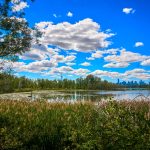
By the early 1970s, a site for port-related facilities was no longer needed. But that didn’t stop Mother Nature from making the rubble heap home. “The natural processes that had evolved during the planning and construction of the site had shaped the spit into a truly ‘accidental wilderness,’” the Tommy Thompson Park website explains.
Come 1984, “The Spit” was teeming with wildlife, according to the Toronto Star, and three years later, trees and shrubs were established on the peninsulas. Today, the area contains five distinct ecosystems, per the CBC. Approximately 365 animal species — from coyotes and turtles to beavers to cottontails — stop by the peninsula or live there year-round.
With the help of conservationists, the Spit has been maintained as “Toronto’s urban wilderness.” Visitors can walk, cycle, birdwatch or study nature, but pets and private cars aren’t permitted. It has also become a crucial refuge for various flora and fauna, including several protected species and native plants, according to The Local.

“One of my first visits out there, there were almost no trees,” John Carley, who has co-chaired Friends of the Spit, a non-partisan advocacy group, for over 35 years, told the Toronto Star. “Now there are hundreds of plant species. There are fox and coyote; I was there butterflying last month, and I looked up at a lovely coyote eyeballing me from about 50 feet away.”
The park has even become an “important stopover point for migrating birds, butterflies and other insects” according to Tommy Thompson Park, and one of the city’s best spots for birdwatching. Millions of birds migrate through Toronto yearly, and Friends of the Spit says birders have spotted 330 avian species in the park.

Carley, who frequently visits the Spit, sees the “unmanicured space” as a haven for humans as much as for wildlife.
“One fellow wrote us to say he felt it saved his soul when he was going through terrible times,” Carley told the Toronto Star. “Your cares just blow away. Where else can you be surrounded by water on both sides? You’re out by yourself, you look back at a city of 3 million, but you can’t hear a thing?”
